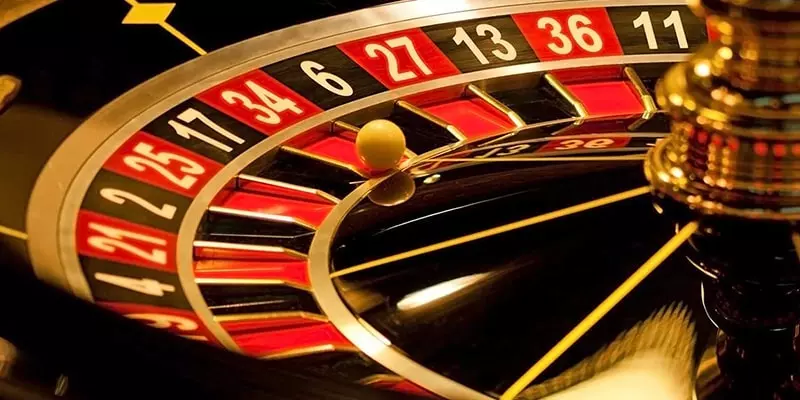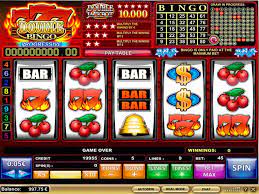When it comes to casino gaming, few attractions are as iconic and captivating as the roulette wheel. Whether you’re spinning the wheel for fun or aiming to sharpen your strategies, understanding the intricacies of the roulette wheel can significantly enhance your gaming experience. This guide delves deep into the strategies, tips, and insights that can help you navigate the complexities of roulette, optimizing your chances while enjoying the thrill of the game.
Understanding the Roulette Wheel: The Basics and Beyond
Before diving into advanced strategies, it’s essential to grasp the fundamental structure and mechanics of the roulette wheel. Knowing how the wheel works, its variations, and the house edge gives players a solid foundation to build effective tactics 23win.
The Structure of the Roulette Wheel
The roulette wheel is a circular device with numbered pockets, traditionally ranging from 0 to 36 in European roulette and 0 to 36 plus a double zero in American roulette. Each pocket is colored either red or black, with the zero(s) usually green. The arrangement of these numbers is not sequential but designed to balance high and low numbers, colors, and odd-even numbers for betting options.
Understanding the physical layout of the wheel highlights why certain betting strategies may work better than others. For instance, the zero pockets serve as house edges, meaning that the game inherently favors the casino over the long term.
Variations in Roulette
Different versions of roulette exist, including European, American, French, and online variants, each with subtle differences that impact gameplay and strategies.
- European Roulette: Contains a single zero, offering a lower house edge of approximately 2.7%. It’s considered more player-friendly due to this advantage.
- American Roulette: Includes both single and double zeros, increasing the house edge to roughly 5.26%, making it less favorable for players aiming for better odds.
- French Roulette: Shares the same layout as European but features unique rules like ‘La Partage’ and ‘En Prison,’ which can further reduce the house edge for even money bets.
- Online Roulette: Often mimics European or American layouts but can include additional variations and betting options, sometimes with faster gameplay.
The Math and Probabilities Behind the Wheel
Each spin of the roulette wheel is independent, governed by probabilities rooted in the number of pockets and layout. The chances of hitting a specific number in European roulette are 1 in 37, while in American roulette, it’s 1 in 38. These odds inform the potential payout ratios and your expected returns.
Understanding expected value (EV) calculations helps players gauge whether a bet is advantageous in the long run. Some bets have a higher probability of winning but pay less (like red or black), while others are riskier with higher payouts (like specific numbers) casino 23win.
Recognizing the House Edge
The house edge signifies the casino’s advantage inherent in the game, crucial for planning strategies. For example, betting on a single number in European roulette offers a payout of 35:1, but because the probability is 1/37, the EV is negative. A fundamental part of strategic play involves choosing bets and betting patterns that minimize the house edge—or at least understand its implications on your bankroll.
In summary, a comprehensive understanding of the roulette wheel structure, variations, and probabilities provides the necessary knowledge base to formulate effective strategies and leverage advantageous betting options.










